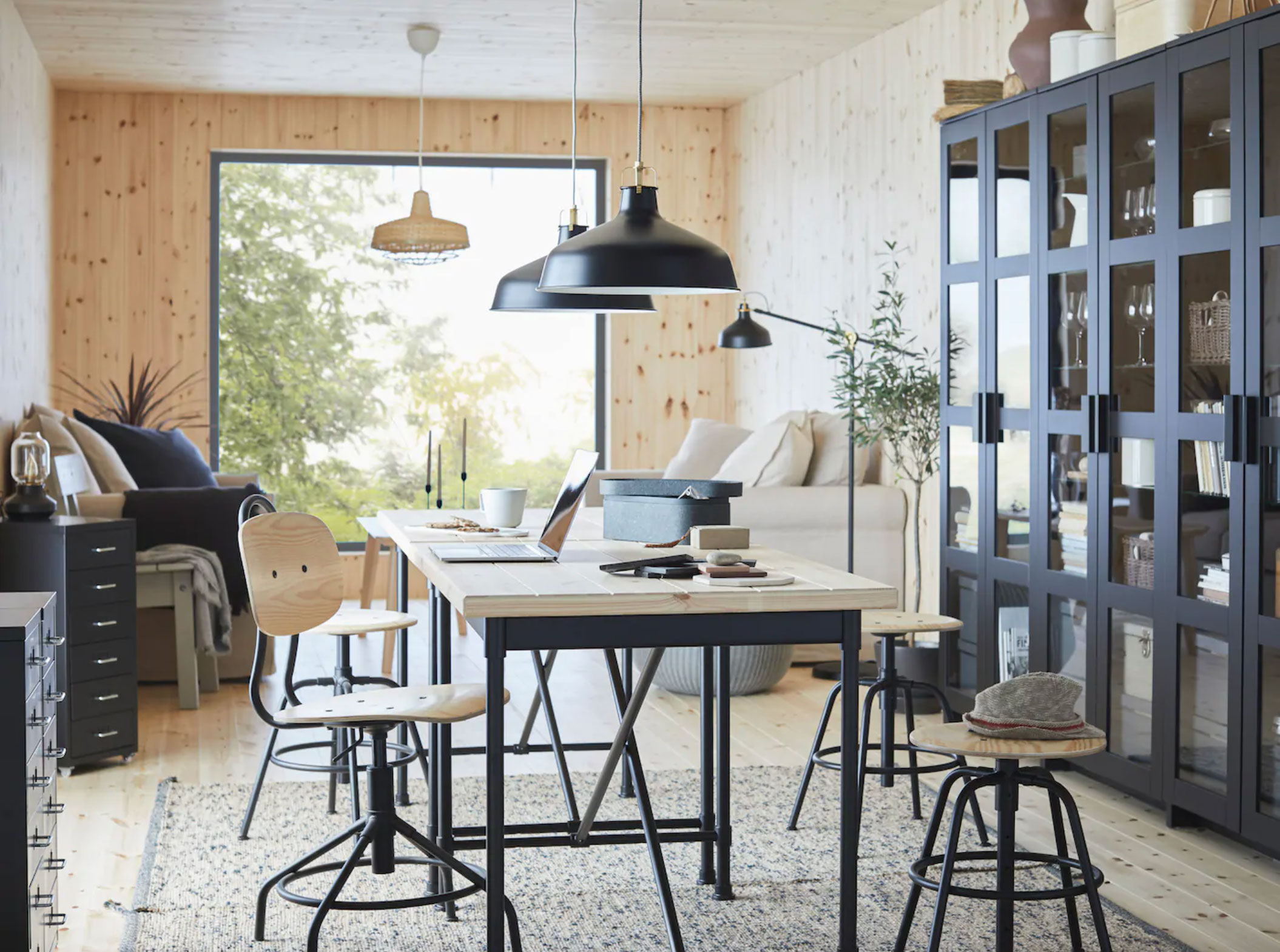
Your smart home can be a powerful tool that helps you manage your home. It’s also fun to have lights and appliances that do things for you without lifting a finger. But setting up a smart home isn’t always as straightforward as it sounds. If you’ve ever struggled with connecting devices or accidentally set off the automated sprinklers in your yard because of an incorrect command, we’ve got some tips to help you get started:
Learn More About Your Current Devices.
If you’re new to smart home devices, it’s time to learn more about your current ones. Whether it’s a connected light bulb or an Amazon Echo, there are many ways to improve how you use your devices and make them work better for you.
You must know what each device does, how much it costs, where it is in your home, and if any updates are available.
Take some time out of your day and think about how these devices work together with other technology, such as smartphones or computers. Find out their limitations; for example, if everything in my house were connected through one hub, I could turn off all lights from one place.
Set Up A Smart Home Hub.
Setting up a smart home hub is the first step to turning your house into a smart one. A hub connects all of the devices and systems in your home to each other, so they can communicate and make sharing information easier. You’ll need one if you use Amazon Alexa or Google Assistant voice commands and other automated features like controlling lights from an app on your phone or setting timers for when lights turn off automatically.
Buy The Right Devices.
It’s important to buy the right devices when setting up a nutikodu. There are many factors to consider when you’re purchasing smart home products, but here are a few tips for buying devices that work with your smart home hub:

- Make sure all of the devices you buy are compatible with your hub. You don’t want one of your lights to stop working because it wasn’t designed for use with the same firmware as your other devices.
- When purchasing new sensors or cameras, check their compatibility list on Amazon and other sites before making a purchase. Some companies will publish this information online so that customers can see which products work together without having to research themselves or make multiple purchases from different retailers.
- If you have an old smartphone, try using it as a hub instead of buying a new one. Most phones made within the past three years should be capable enough to run these apps.
Organize Your Smart Home Products.
The first thing you should do is organize your smart home products. This can be daunting if you have many devices, but keeping them in order is very important. You must decide how many zones you want and label each zone according to the device type or room location. If necessary, group devices by function or priority so they’re easy to find and use.
Here are some tips:
- Group all lights by type (e.g., ceiling lights) in one place on your app’s home screen so it’s easy for everyone in the household to access them with one tap or voice command
- Create separate rooms for groups with similar functions, then make those into different zones on your app.
Conclusion
Now that you’ve got a better idea of how to get started with your smart home, it’s time to put those ideas into action! We hope this guide has given you some useful tips and tricks for getting started. From there, we recommend taking the plunge by setting up one or two devices first so you can get used to having an automated home without feeling overwhelmed by all its possibilities. If any questions come up, don’t hesitate to reach out to Avaeksperdid; their experts are always happy to help.
